16 Whale Facts So Strange They Sound Made Up
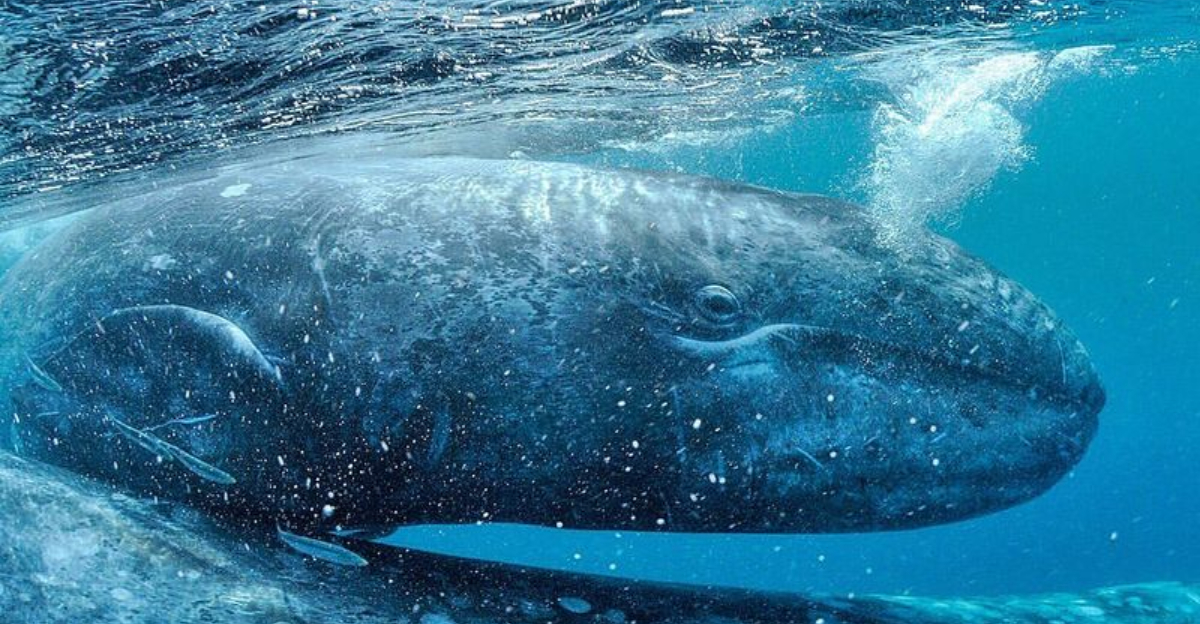
Whales are some of the ocean’s most majestic creatures, and they sure know how to make an impression!
In this article, we’ll dive into whale facts that sound almost too wild to be true, like something out of a sci-fi movie. Get ready to be amazed by the extraordinary world of whales!
1. The 52-Hertz Whale

In the vastness of the ocean, one whale sings a song unlike any other. Known as the 52-Hertz Whale, this enigmatic creature calls out at a frequency not shared by any other known whale species.
Its unique song, detected by underwater microphones, has never been answered.
The 52-Hertz Whale’s isolation has sparked both scientific curiosity and empathy, leading to its nickname as ‘The World’s Loneliest Whale.’
While its calls echo unanswered, it continues to roam the oceans, a solitary figure in the deep.
Scientists are still puzzled by its origins and the reasons behind its singular frequency.
2. Whales’ Galactic Migrations
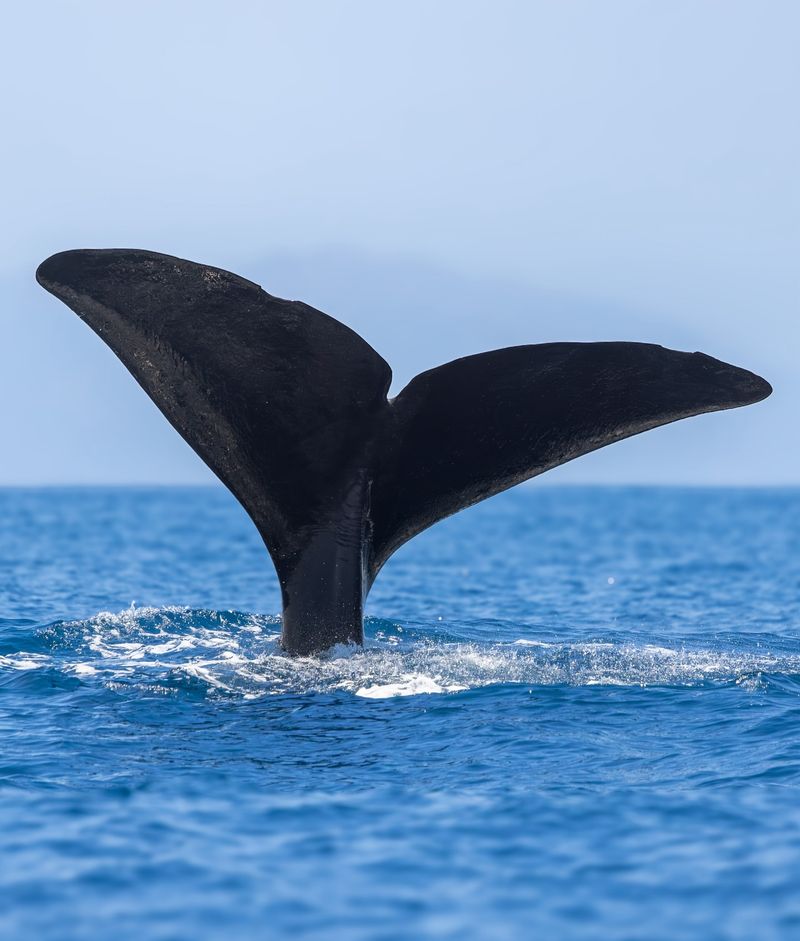
Whales are known for one of the most extraordinary migration patterns in the animal kingdom, traveling thousands of miles every year.
Their navigation skills are so precise, it’s like they’re interstellar travelers charting a course through galaxies!
Whales use the Earth’s magnetic field, along with the sun and stars, to navigate vast ocean basins with incredible accuracy.
They manage all this without any visual landmarks, making their journeys even more impressive.
3. Whales’ Eco-Engineers
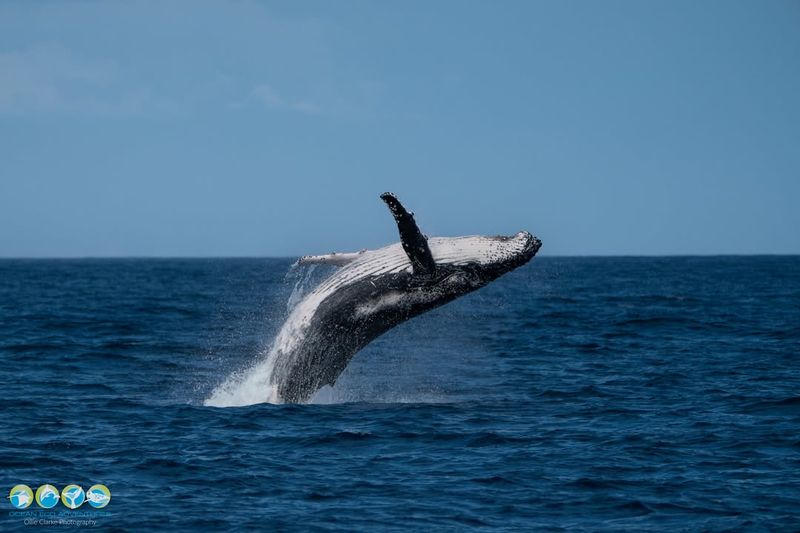
Whales are like the eco-engineers of the ocean, playing a crucial role in their ecosystems.
Their feeding habits help circulate vital nutrients from the depths to the surface, keeping marine life healthy.
When whales consume large amounts of krill and plankton, their excretion releases nutrient-rich substances that fertilize the ocean.
This “whale pump” boosts the growth of phytoplankton, which is the foundation of the entire marine food web.
4. Whales’ Sonic Boom Communication
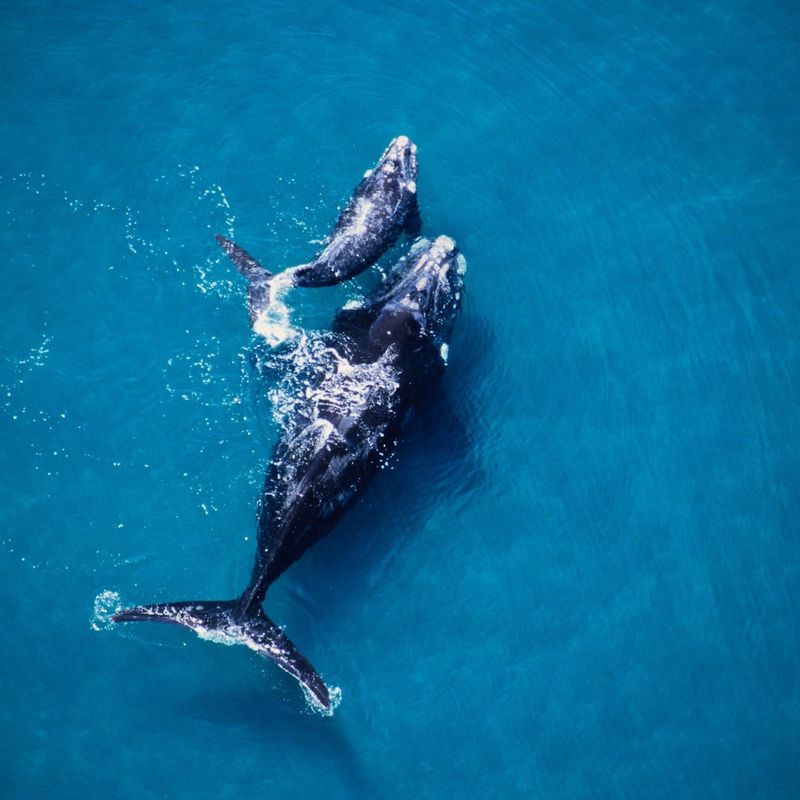
Whales are famous for their mind-blowing communication skills, especially with their epic “whale songs.”
These sounds are like underwater sonic booms, traveling great distances and helping whales stay in touch across the vast ocean.
Low-frequency sounds can travel thousands of miles, allowing these ocean giants to keep in contact even when they’re far apart.
What’s even cooler? Scientists found that these sounds can actually map the ocean floor by bouncing off the seafloor and returning with different frequencies.
5. The Enigma Of Whale Sleep
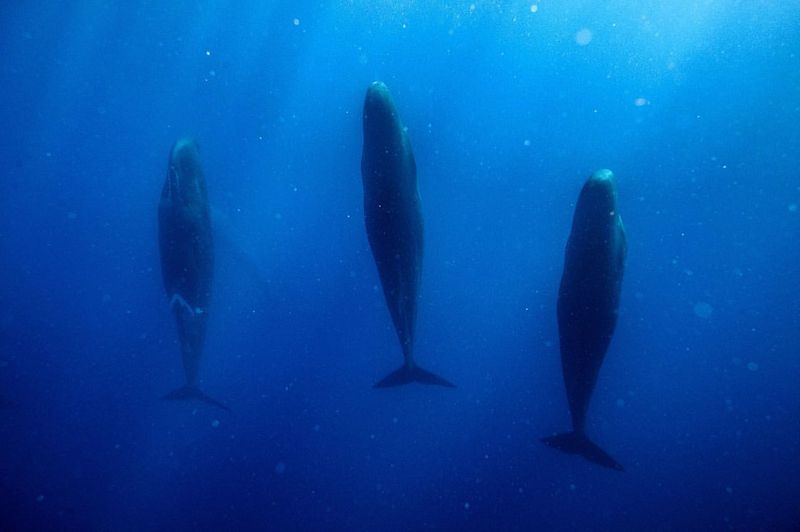
Whales have a mind-blowing way of sleeping called unihemispheric slow-wave sleep.
It’s like they can rest one half of their brain while the other half stays alert, so they never forget to surface for air.
Since whales can’t breathe unconsciously like land mammals, they have to be fully aware of when to take a breath.
This sleep technique ensures they stay safe and never fall into a deep sleep that could lead to drowning.
6. Whales’ Hypersensitive Hearing
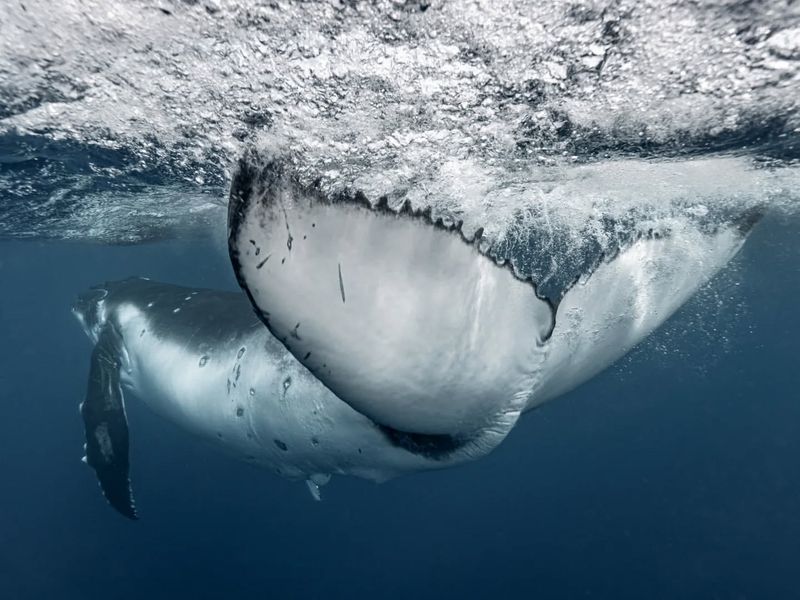
Whales have an incredible sense of hearing, able to detect sounds from miles away that we can’t even imagine.
This amazing ability helps them navigate, communicate, and hunt in the vast ocean.
Whales can hear frequencies beyond the range of human hearing, picking up on sounds we’d never notice.
Their hearing is so sensitive, they can even sense seismic activities like earthquakes and underwater disturbances before they reach the surface.
7. Whales’ Underwater Architects
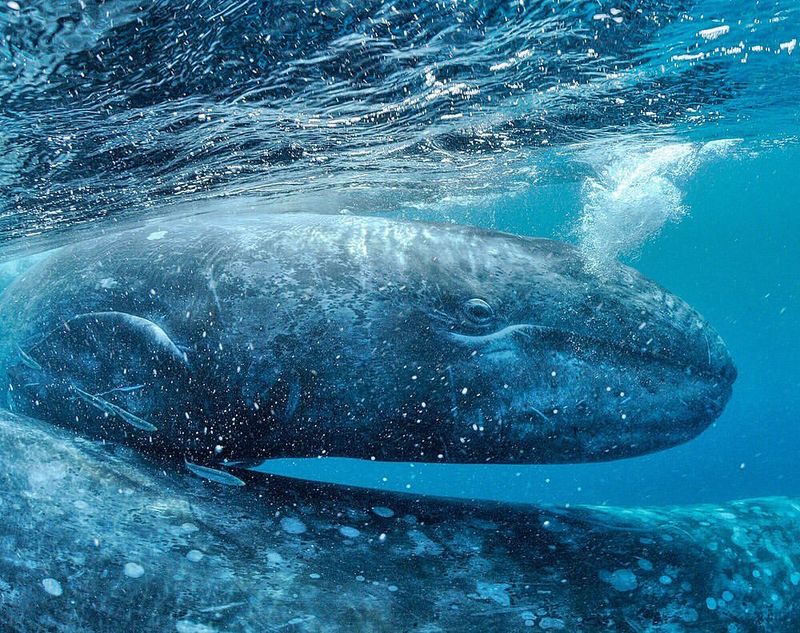
Whales are like underwater architects, using bubble nets to trap their prey in a highly coordinated way.
Humpback whales, in particular, blow bubbles in a circular pattern to herd fish into a concentrated area, making it easier to feast.
This sophisticated hunting technique shows just how smart and cooperative whales can be when working together.
It might sound like something out of a science fiction story, but these bubble nets are a regular part of whale behavior.
8. Whales’ Starry Eyes
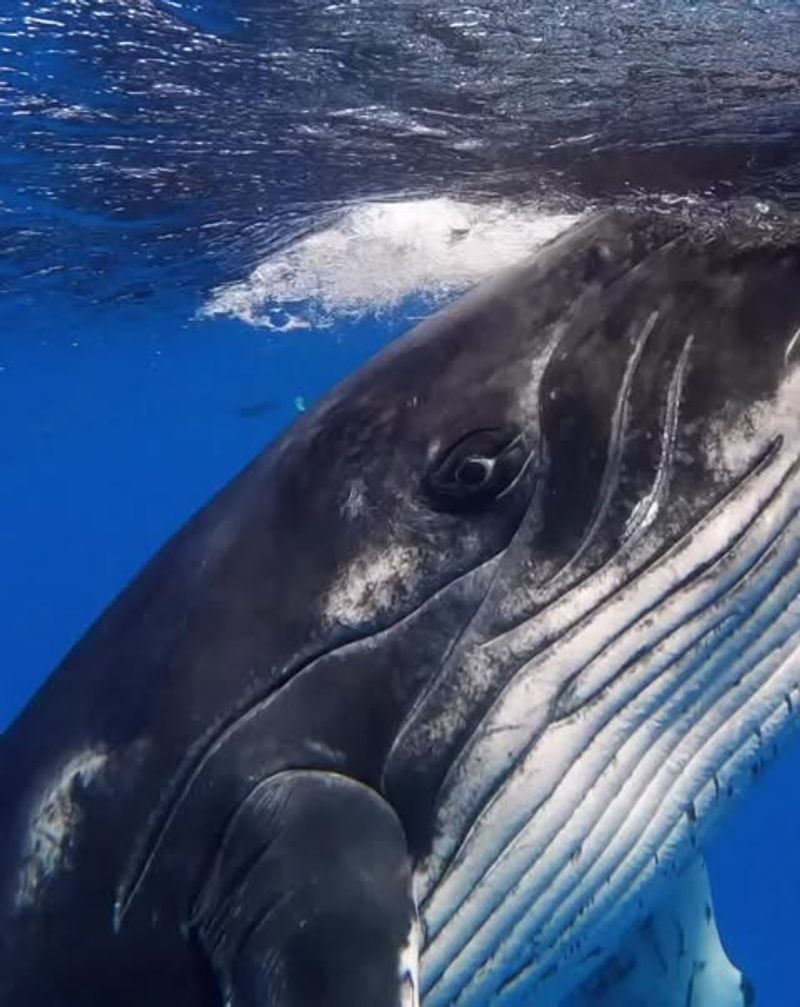
Whales’ eyes have often been poetically described as holding the stars within them, offering a glimpse into their extraordinary perceptive world.
Their vision is perfectly adapted for the ocean’s depths, allowing them to detect subtle changes in light and movement, even in the darkest waters.
This sharp eyesight works alongside their exceptional sense of touch and hearing, creating a multi-sensory perception that guides them through the ocean.
9. Whales’ Symbiotic Partnerships
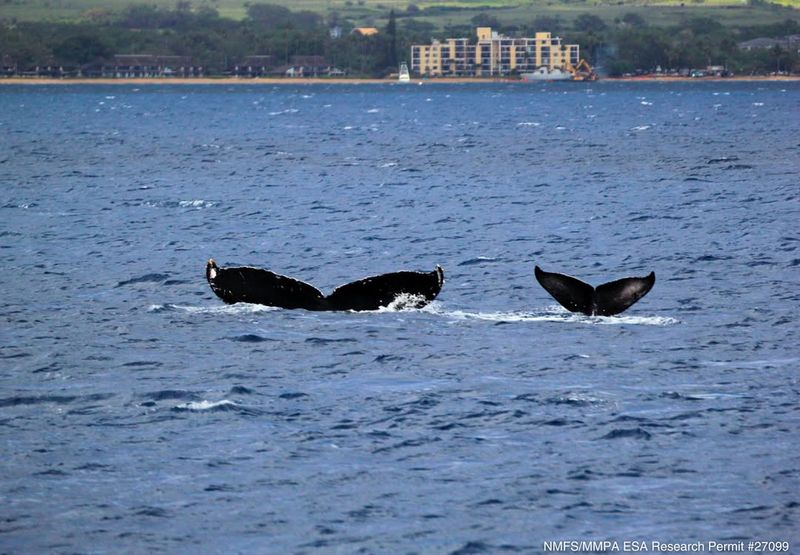
Whales form fascinating symbiotic partnerships with various marine species, creating complex alliances that benefit everyone involved.
Dolphins, seabirds, and even certain fish species often travel with whales, helping with feeding by herding fish or signaling the presence of prey.
In return, whales offer protection and access to food that might otherwise be out of reach.
These partnerships not only boost feeding efficiency but also highlight a sophisticated level of cooperation in the ocean.
10. Whales’ Psychic Navigation
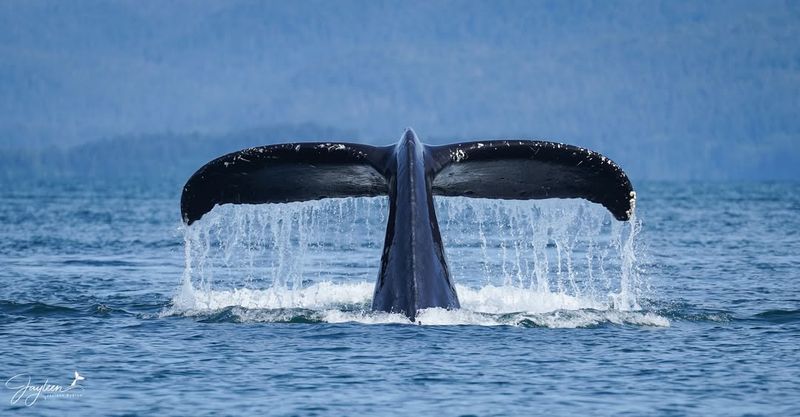
Whales have an almost mystical ability to navigate the vast oceans using Earth’s magnetic field, like they have a built-in sixth sense.
This incredible skill allows them to embark on long migrations with pinpoint accuracy, even without visual landmarks.
Studies show that whales have magnetoreceptors that help them detect magnetic fields, guiding their journeys across open waters.
While this sensory ability is still not fully understood, it adds an air of mystery to their navigation.
11. Whales’ Time Travelers
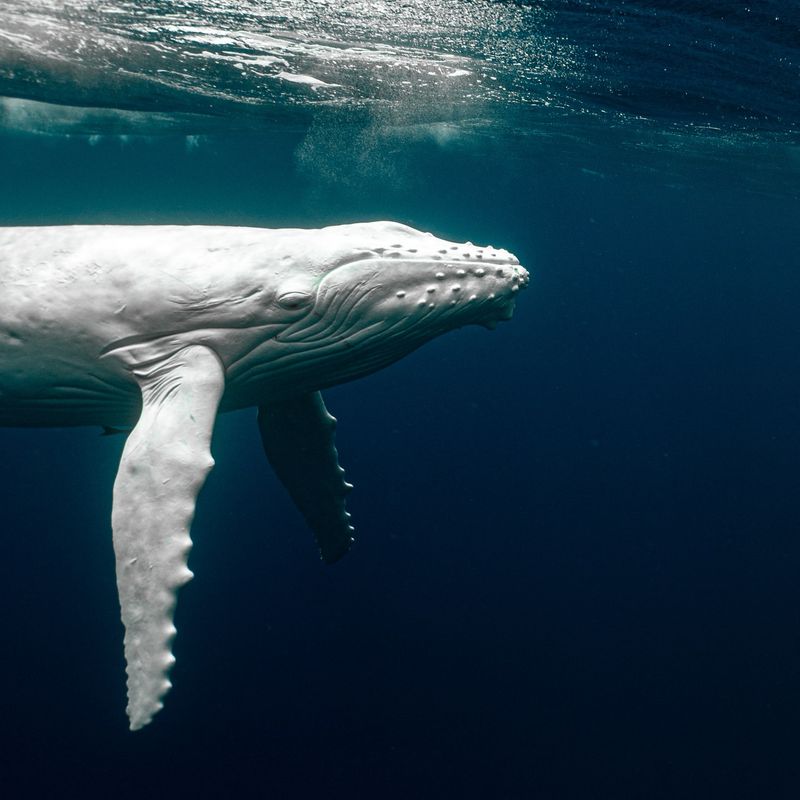
Whales have a special way of taking us through time, thanks to their long lifespans and ancient migratory routes.
For example, Bowhead whales can live over 200 years, witnessing environmental changes that span generations of human history.
Their migrations follow paths that have been used for millennia, offering a living glimpse into the past.
Studying these movements helps scientists track ocean changes and the effects of climate fluctuations over long periods.
12. Whales’ Mysterious Melodies
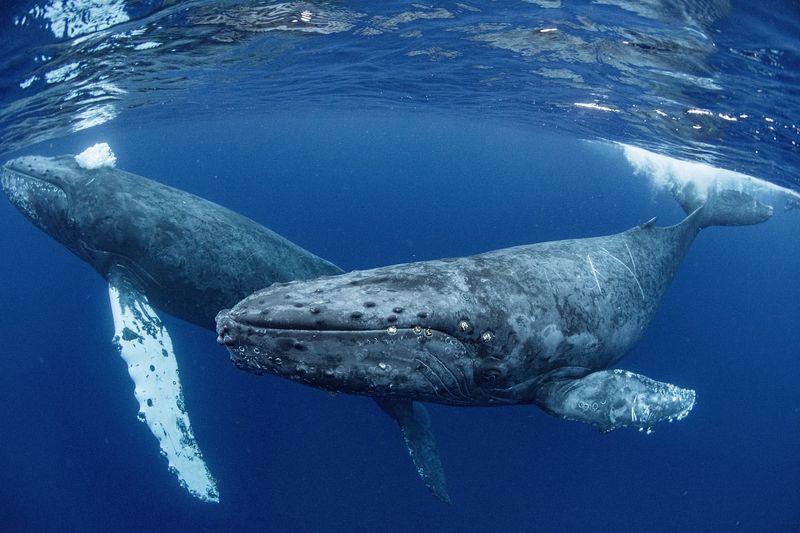
Whales are famous for their mysterious melodies, with complex vocalizations that can travel across vast stretches of ocean.
Humpback whales are especially known for their songs, which serve purposes ranging from communication to mating rituals.
Each song is unique, lasting up to 20 minutes and evolving over time in repeating cycles.
Researchers have even compared these patterns to human music, noting similarities in rhythm and structure.
13. Whales’ Self-Healing Abilities
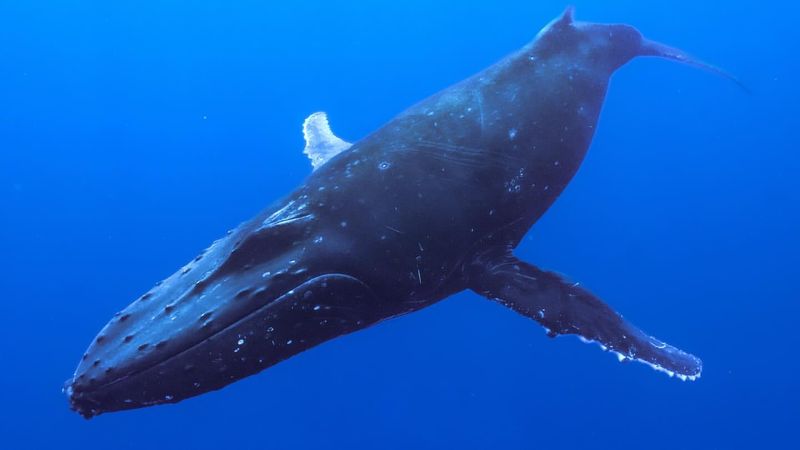
Whales have incredible self-healing abilities, recovering from injuries that would be fatal to many other animals.
They can heal deep wounds and even recover from shark bites with minimal scarring, thanks to unique biological processes.
Scientists are fascinated by these regenerative mechanisms, which could one day offer insights into improving human medical treatments.
The whales’ ability to heal challenges what we know about biology, almost like something out of science fiction.
14. Whales’ Invisible Giants
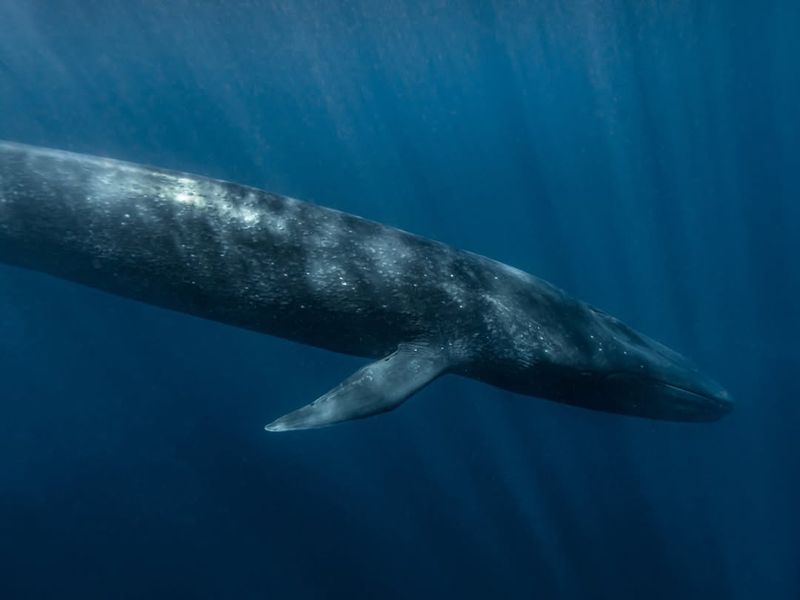
Despite their massive size, some whales have camouflage abilities that help them blend seamlessly into their surroundings.
The Blue whale, for example, uses its mottled skin to merge with the ocean’s colors, making it nearly invisible in the water.
This natural camouflage protects them from predators and also helps them sneak up on prey.
15. The Canaries Of The Sea
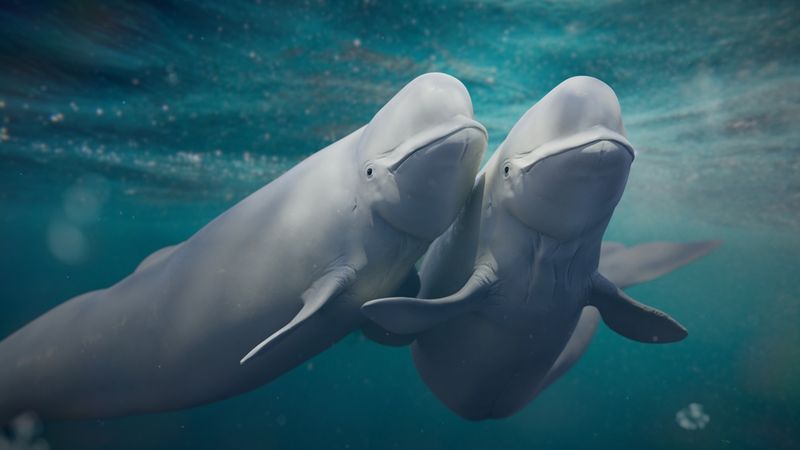
Beluga whales are often called the ‘canaries of the sea’ due to their extensive vocal range.
These sociable creatures emit a symphony of clicks, whistles, and clangs, communicating with each other in a vibrant underwater chorus.
Their vocalizations are not just for show; belugas use sound to navigate, find food, and maintain social bonds within their pods.
The Arctic waters amplify their voices, creating a unique soundscape that defines their environment.
16. Whales’ Social Networks
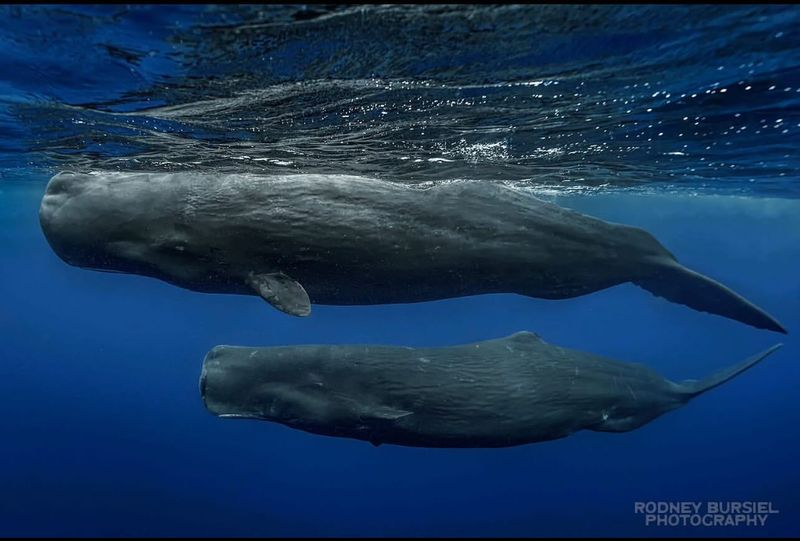
Whales have intricate social networks that are surprisingly similar to those of primates, with complex relationships and structures.
They communicate through clicks, whistles, and songs, forming bonds that can last a lifetime and are key to their survival.
Whales rely on these social connections for protection, hunting, and raising their young, demonstrating social intelligence akin to that of highly social land animals.
This deep level of interaction shows that whales’ behavior goes far beyond instinct, showcasing real emotional and social complexity.






